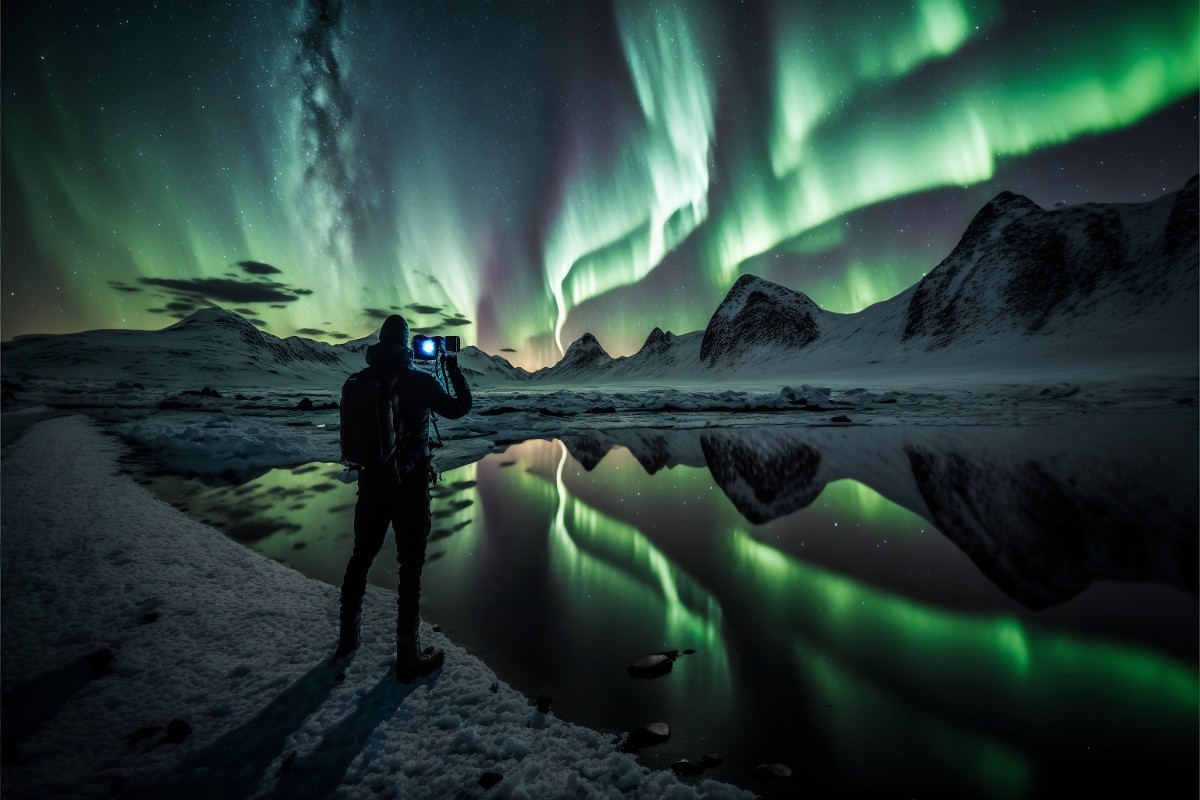Use a tripod: A tripod is essential to keep your smartphone steady and avoid blurry photographs, especially when shooting in low light conditions. You can use a smartphone tripod adapter or a traditional tripod with a smartphone holder. If you don't have a tripod at hand, you can try using a stable surface such as a table, wall, or rock to prop your smartphone on. You can also try using a self-timer or a remote shutter release to minimize camera shake. Keep in mind that using a tripod or other stable support will give you the best results, but these alternative options can be helpful if you don't have a tripod available.
Use the manual camera app: Most smartphones have a manual camera app that allows you to control the ISO, aperture, and shutter speed. Use the manual camera app to set a low ISO and wide aperture, and experiment with different shutter speeds to find the right balance between capturing enough light and avoiding blur.
Turn off the flash: The flash on your smartphone is not powerful enough to light up the Northern Lights, and it will only wash out the photograph. Turn off the flash and rely on the ambient light of the aurora to properly expose your photograph.
Edit the photograph: Use a photo editing app to adjust the white balance, contrast, saturation, and highlights and shadows to enhance the final photograph. Be mindful not to oversaturate or overprocess the photograph, as it can look unnatural.
Take multiple shots and stack them: To reduce noise and increase the dynamic range of your photograph, you can take multiple shots of the Northern Lights at different exposures and stack them in post-processing. Use the manual camera app to set a range of exposures, from underexposed to overexposed, and take multiple shots of the same scene. Then, use a photo stacking software or app to combine the shots and create a single photograph with reduced noise and increased dynamic range. This technique is called "exposure stacking" and can help you capture more detail and color in the aurora.
By following these tips, you should be able to capture good shots of the Northern Lights with your smartphone. Don't be afraid to experiment and try different settings.

